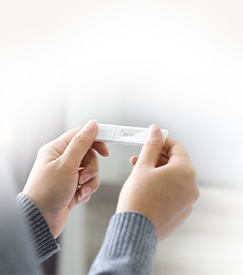
Experts all over the world claim that open adoption is the best option for adoptive children, but why exactly is that the case? Today we’re going to discuss just that.
What Is Open Adoption?
In case you don’t know, open adoption refers to a kind of adoption where some form of contact or communication between the birth family and the adoptive family is permitted after the child has been placed. This contact can range from frequent visitations to just sending and receiving a few letters every month or two.
If you choose to opt for an open adoption, the degree of openness is up to you, the adoptive family, and the adoptee to decide. However, in most cases, adoptees are happier and more secure in themselves when they are in an open adoption situation.
The Benefits of Open Adoption for Children
All children struggle with their identity as they get older, but for adoptees in closed adoptions, this identity struggle can be even worse. With no access to their birth family to ask questions about their heritage or background, they may find themselves wondering about their place in the world. Unable to ask their birth mother why they were placed for adoption, they may assume the worst.
Of course, children growing up in a closed adoption can grow up to be well adjusted, particularly if their adoptive family is very supportive and open with them from the beginning about their adoption. But no matter how supportive a child’s adoptive parents are, most kids will still wonder about their birth family.
Open adoption takes away the guesswork. Kids have access to their birth parents and can ask them questions that their adoptive parents can’t answer. And if the relationship between the birth family and the adoptive family is positive and healthy, kids will gain a greater sense of belonging and completeness.
Common Misconceptions About Open Adoption
Many adoptive parents are skeptical about open adoption for one primary reason: they are worried that their child might become confused about who their “real” parents are, further intensifying the feelings of separation and not belonging. However, if you establish clear, healthy boundaries in your open adoption and communicate with your child about adoption from the very beginning, most children will have no trouble adapting.
Birth parents and adoptive parents alike should keep in mind that open adoption is not “co-parenting.” Just like in any other adoption, the adoptive parents retain all the parental rights over the child. Ultimately, they are the ones who experience every day with the child and see all of their ups and downs.
The child’s birth family can serve as role models and support systems, but they are not the ones responsible for parenting the child. Some families like to make this distinction clear by referring to the child’s birth parents by their first names or by some other nickname.
Overall, most children in open adoptions are grateful for the ability to meet and learn about their birth families. It helps to get rid of some of the negative emotions that can come with being placed for adoption.







